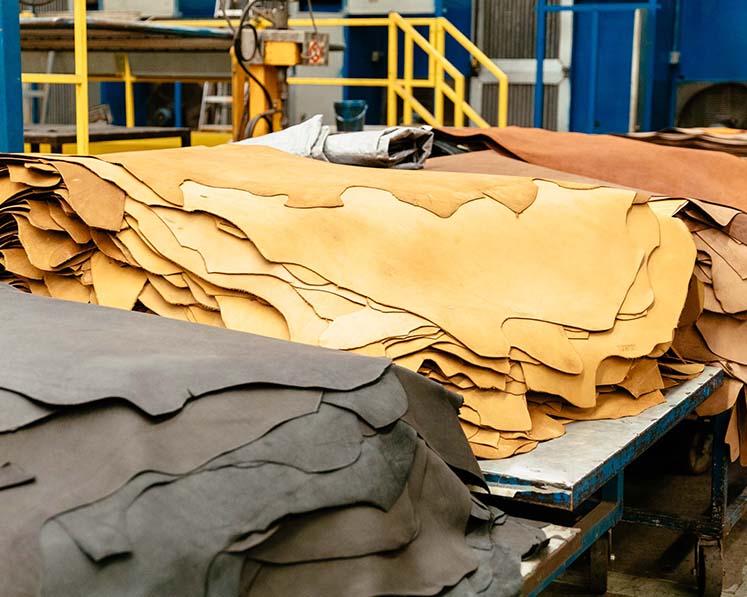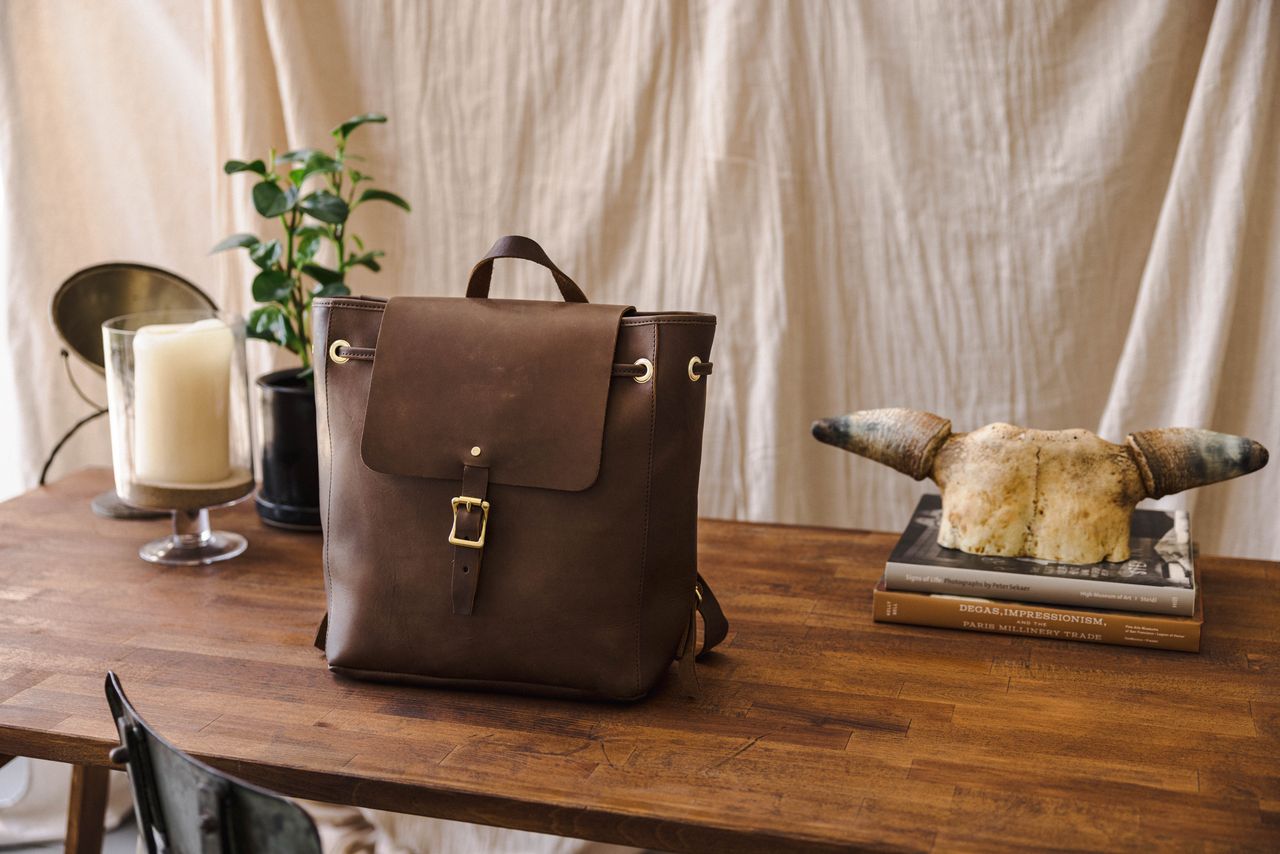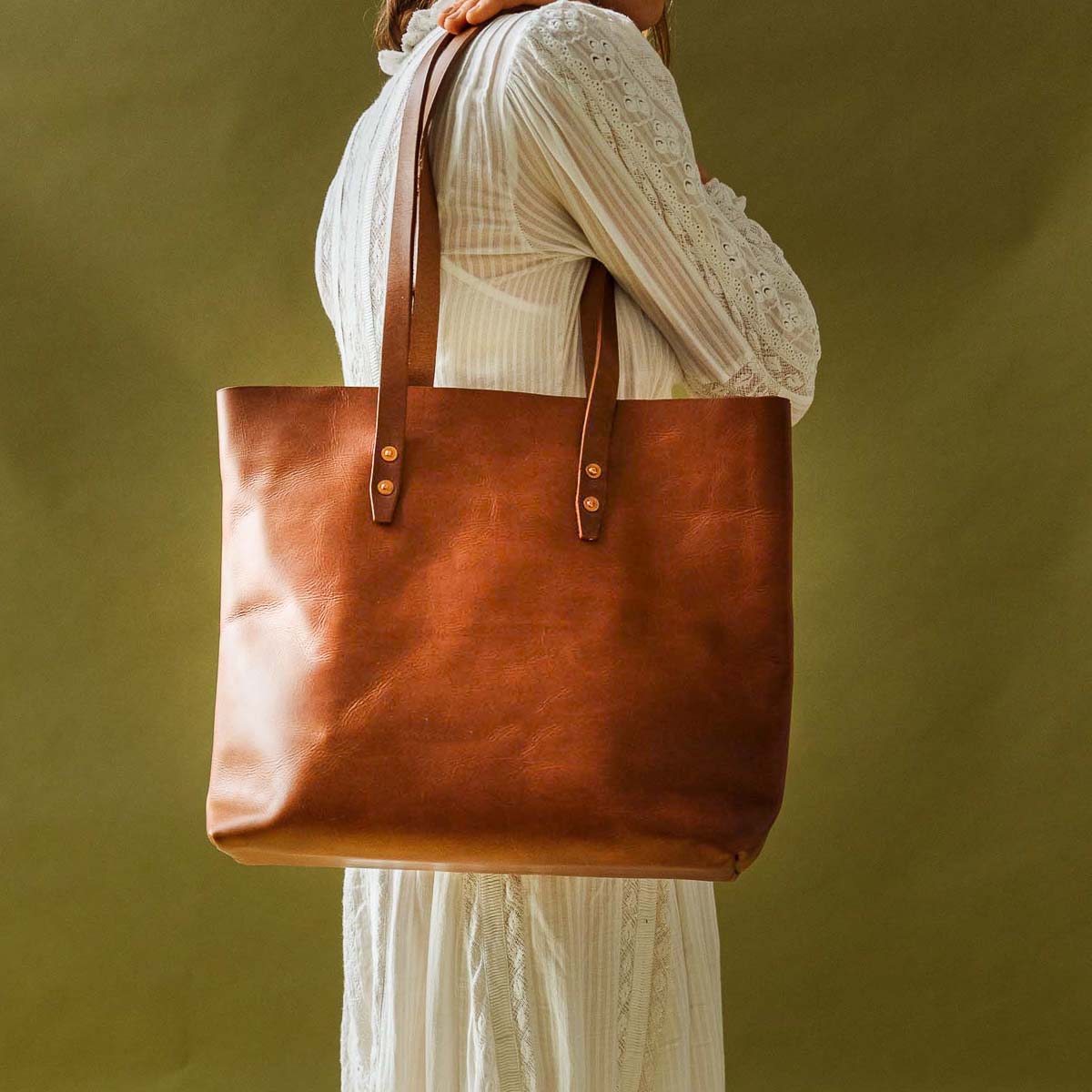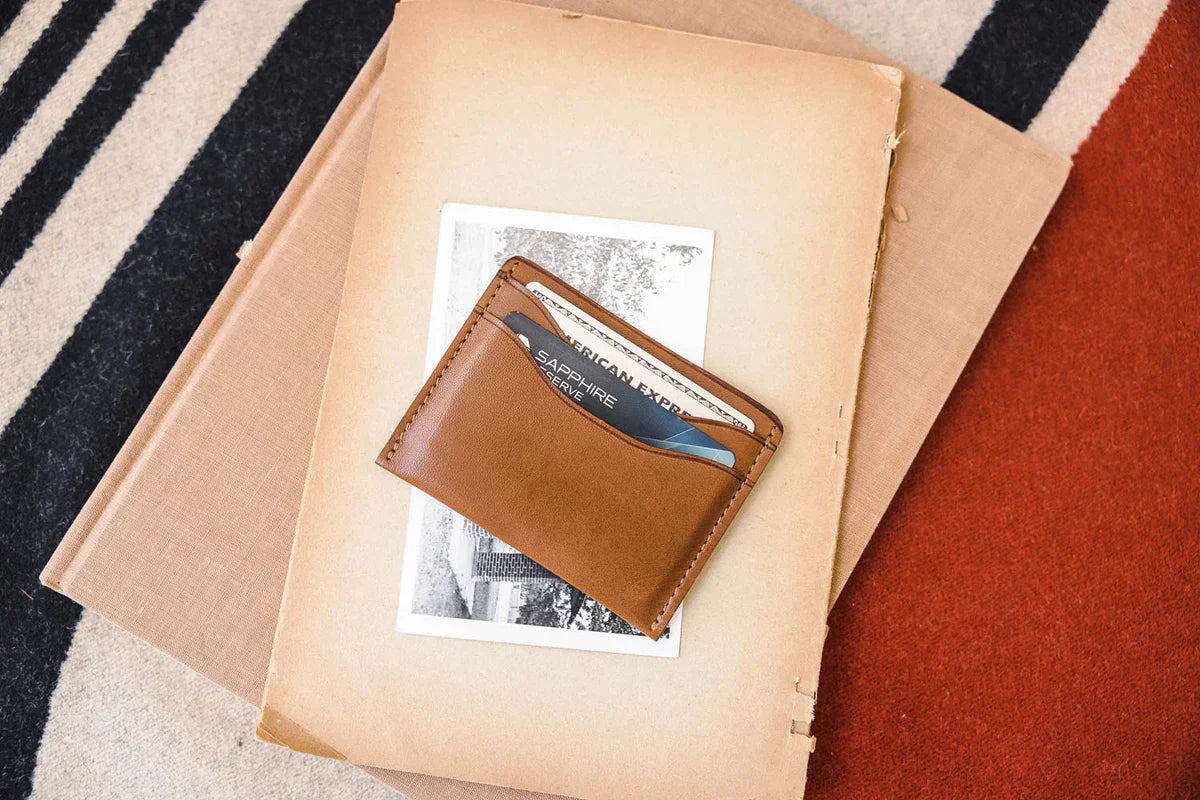A Practical Guide to Leather

What is leather and why are we using it?
Here we will begin to unlock some of the mystery of one of the greatest materials on earth. You are here because you have at least a passing interest in leather. Now let’s start off with why we even use leather.
Cowhides are basically a byproduct of the meat industry. As long a there are hamburgers, we’ll have the hides to deal with. People have known this for thousands of years and it’s amazing that with all the advancements in textiles and other materials, leather remains so popular. It’s a remarkable product.
Ok, so you’re curious about it. What makes “good” leather? Certainly, you’ve seen and touched different leathers and likely have preferences. The process of leather tanning encompasses thousands of variables that are impractical to cover in this guide so we’ll stick to a couple of things.

What is Full Grain Leather?
This is typically the most expensive and hardest to come by. After the process of tanning, leathers are split and you are left with the full-grain. This is the most valuable part of the hide as this has the most strength and durability.
The full-grain contains the most densely bundled fibers which provide the greatest durability. You’ve likely seen a wide discrepancy in pricing on different leather items. This comes down to the quality of the hide and the process that comes along with it.
Full-grain leather doesn’t sand down any of the grain so we are exposed to potential “flaws” in the hide - scars, bug bites, etc. Depending on your tolerance for these (we like the character it brings and typically allows for a good many markings) can affect the yield of the hide.
If you need to cut around these flaws, you have less yield and consequentially higher prices.
What is Top Grain Leather?
Depending on the item you’re looking but, the leather may be buffed or sanded down to “correct” the natural markings.
If you’re buying a Birkin bag you’d want that hide to look like it should be in a glass case in a museum. Often time this leather will be coated and embossed to mimic a natural look. This is where you’ll see a lot of pebbled leather or a uniform pattern across the hide.
What is Genuine Leather?
Genuine leather is typically a split. Along with suede (read below) the hide is typically split with the most expensive and durable part (full and top grain) being used in high-quality items. Genuine leather can encompass a lot of things, but typically is an inferior product in reliability and looks.
What is Suede?
When leather is spit and you have the looser fibers exposed, you have suede. Suede is gentler to the touch and offers less durability. This isn’t to say it is worthless (suede looks great!) but it all depends on what you are looking for and your specific use case.
What is Bonded Leather?
Bonded leather is well, kind of leather. You find this in cheap leather or very inexpensive leather goods. The scraps and waste from actual leather are merged together into this leather hybrid material. Due to the adhesives and lack of density of fibers, this is typically the least expensive and rightfully bears the least benefits of actual leather.
Conclusion
This is just a primer on a few terms and in no way in comprehensive. We’ll cover more in future posts. I always say the leather making process is analogous to winemaking.
There are different regions and techniques resulting in very different products for very different palettes. Depending on your tastes and use case, there is likely a leather out there will serve you very well.
You Might Also Like To Read ...
- How to Take Care of Your Leather Bag
- A Practical Guide to Leather
- Leather Product Care
- A Complete Guide to the Different Types of Leather



